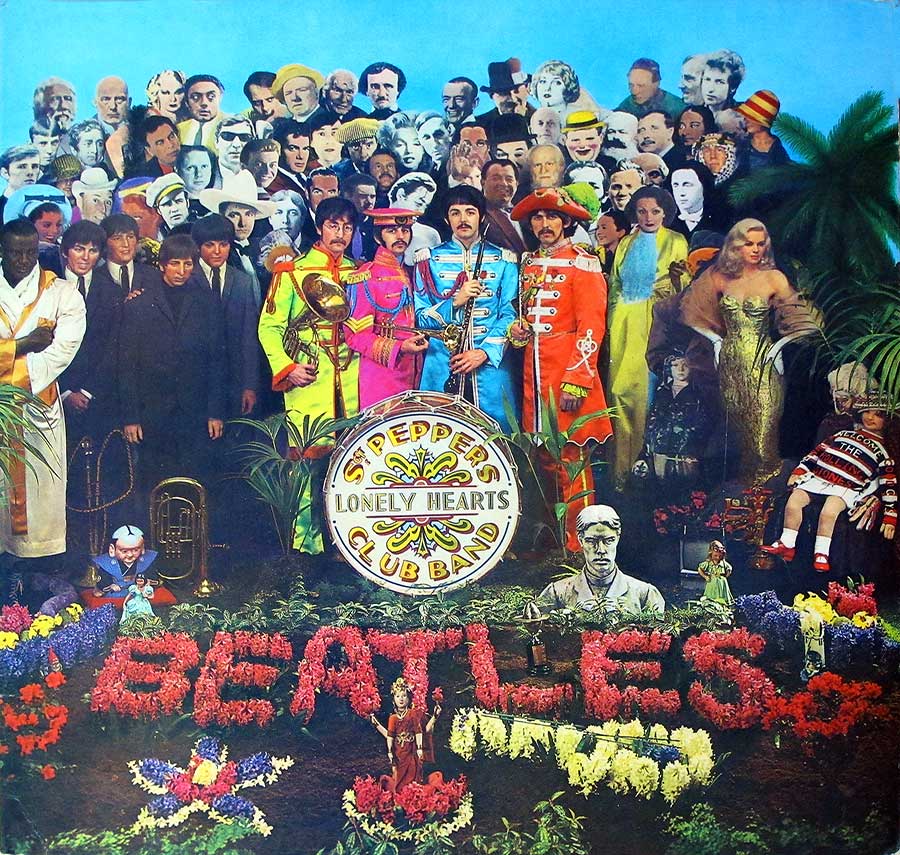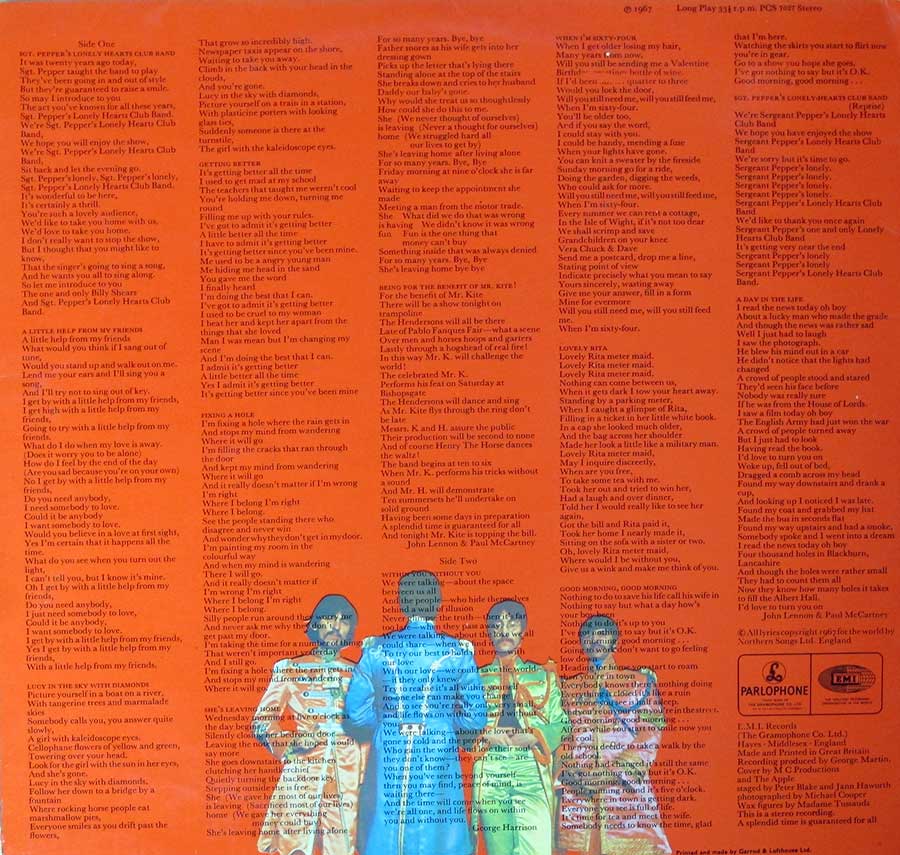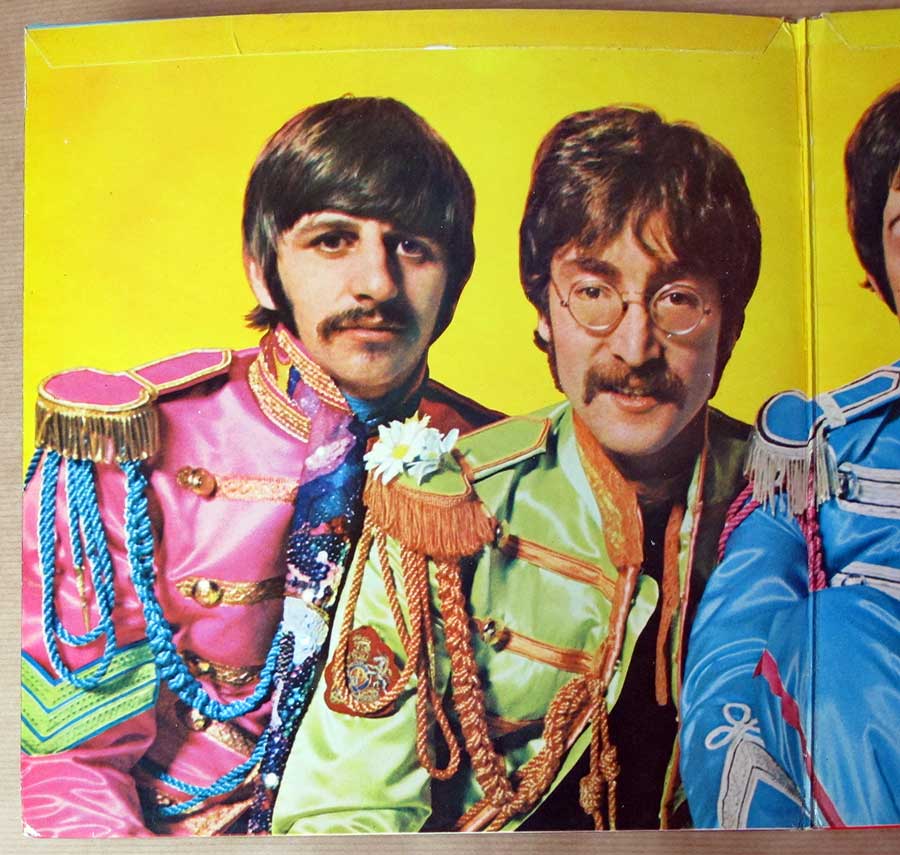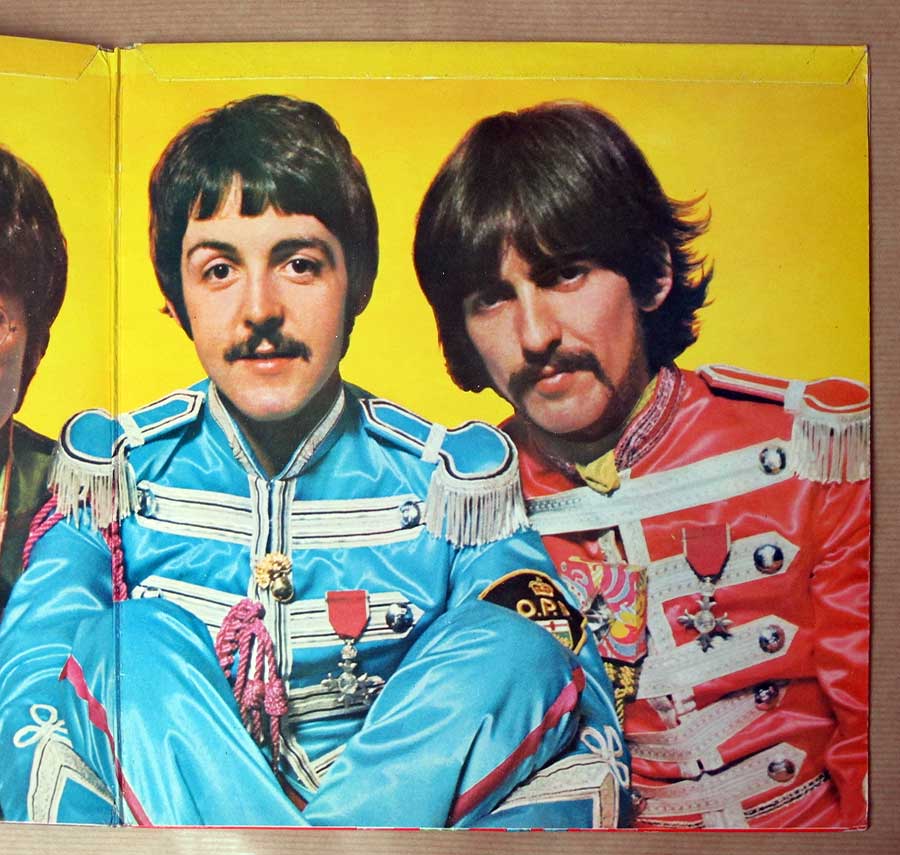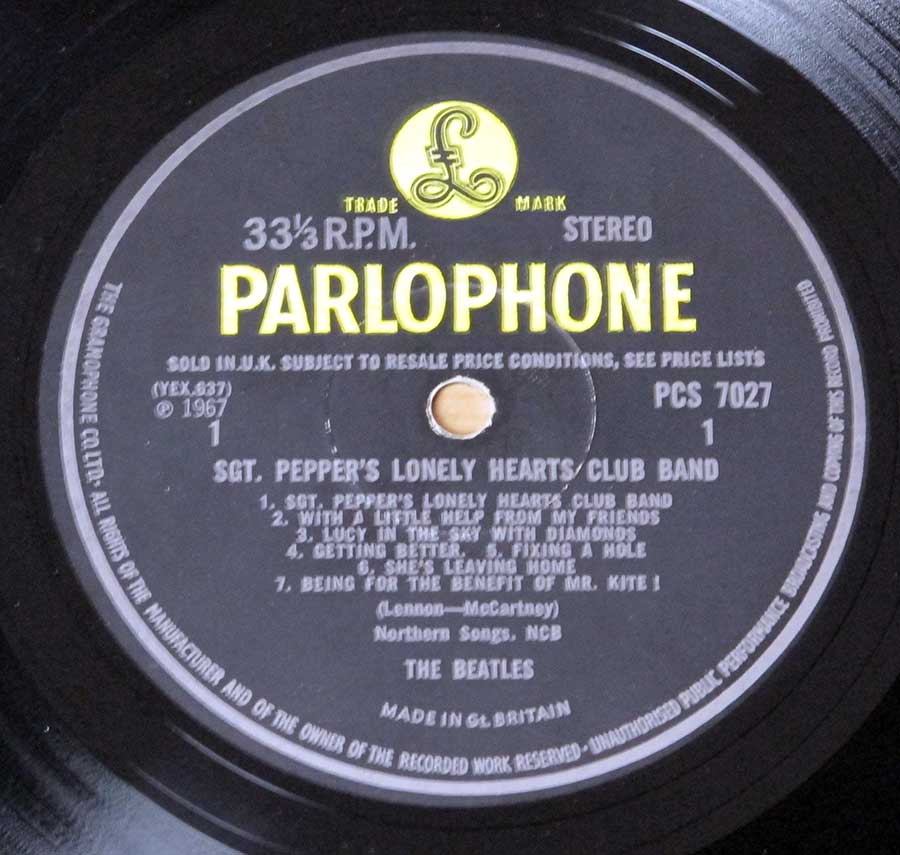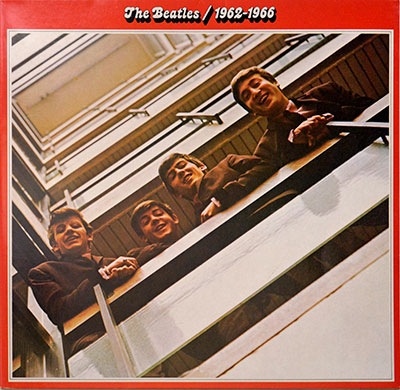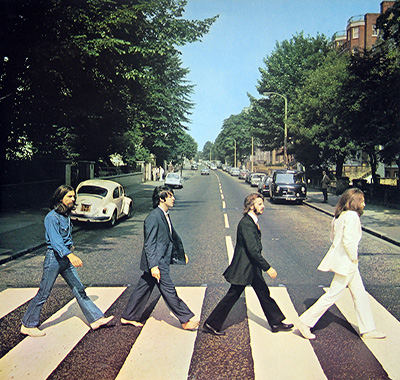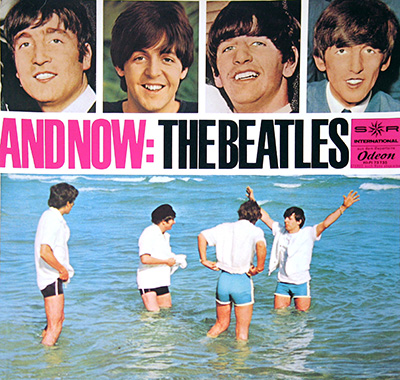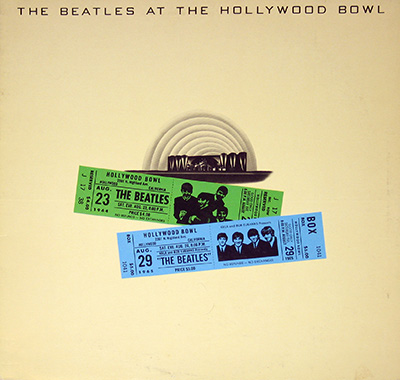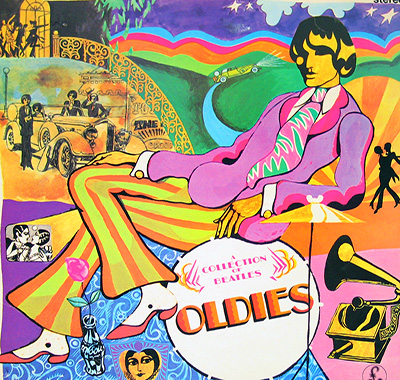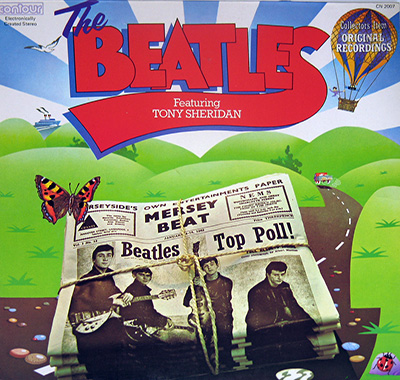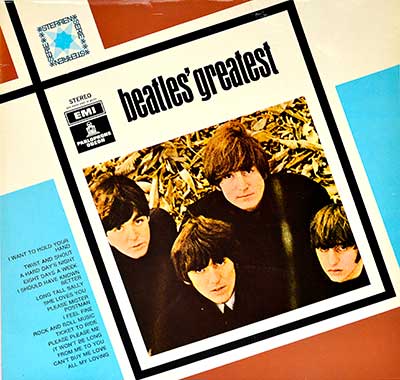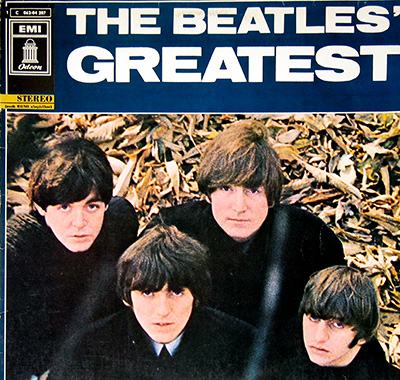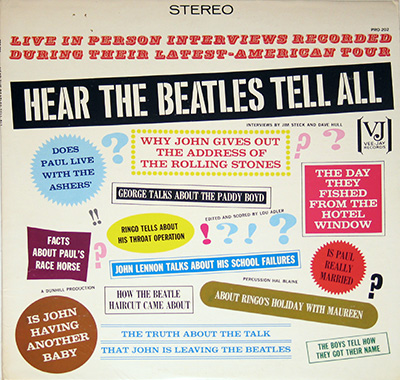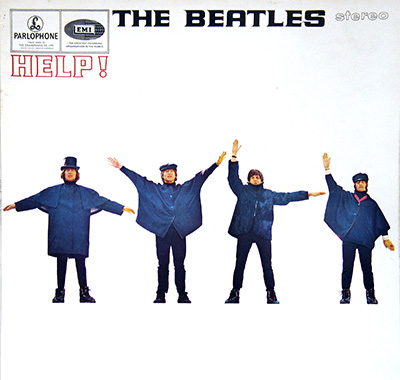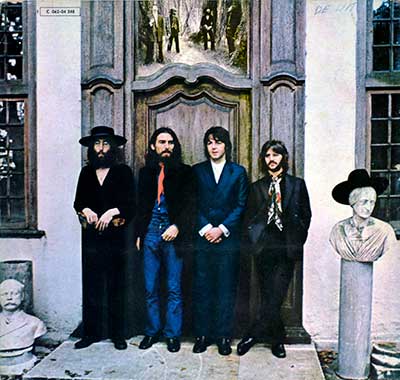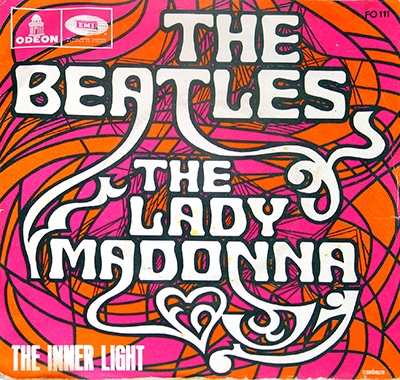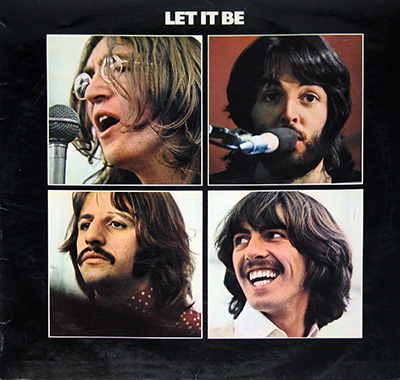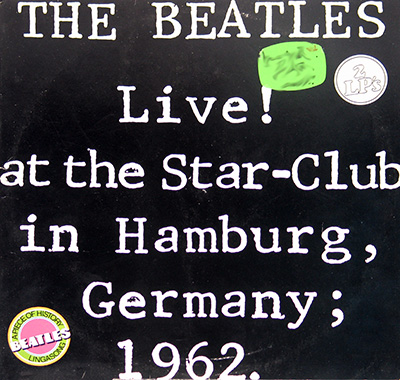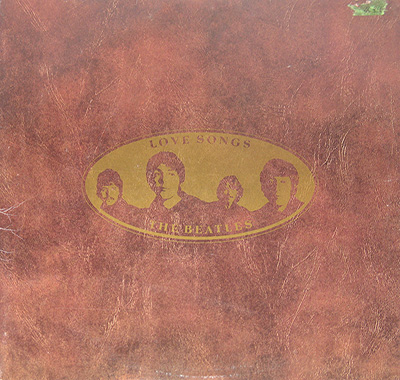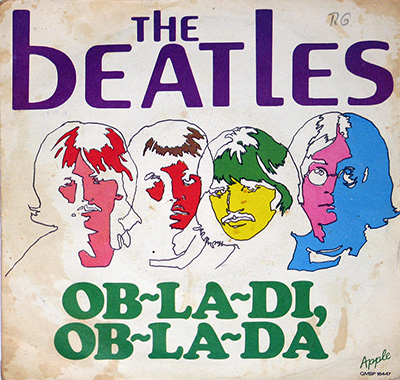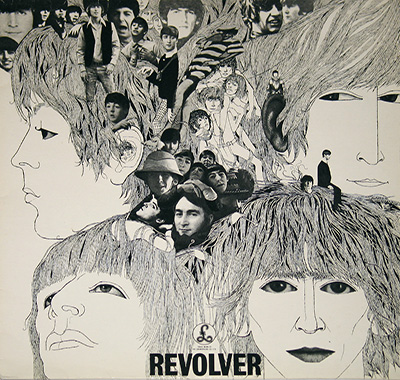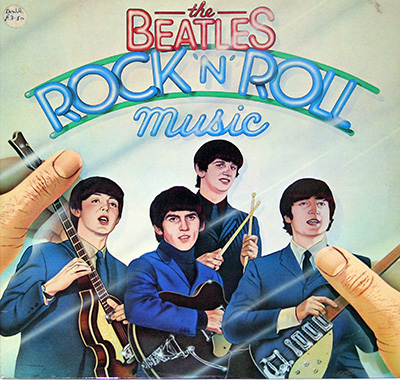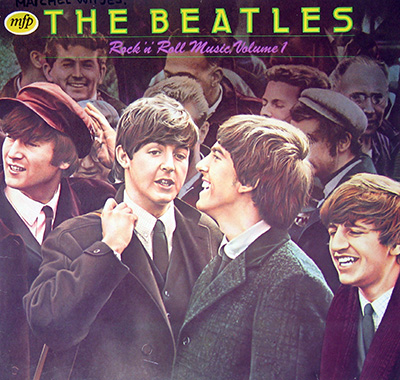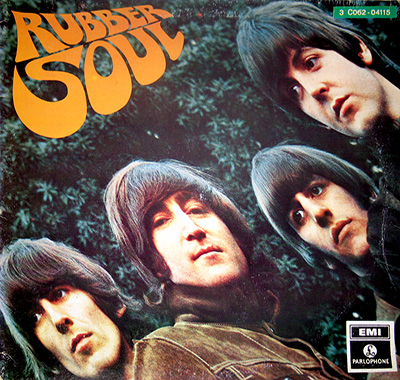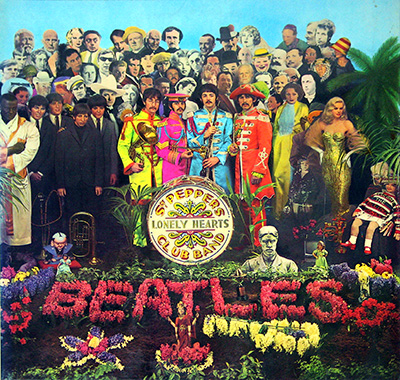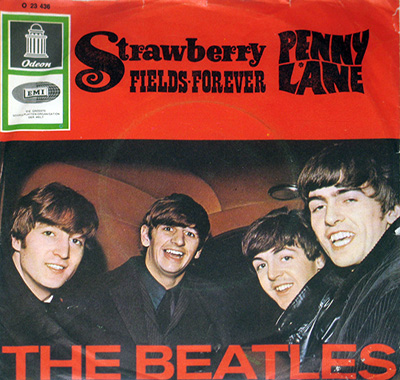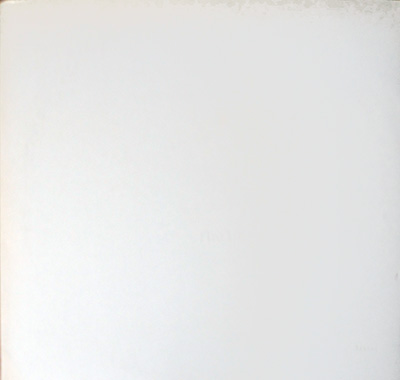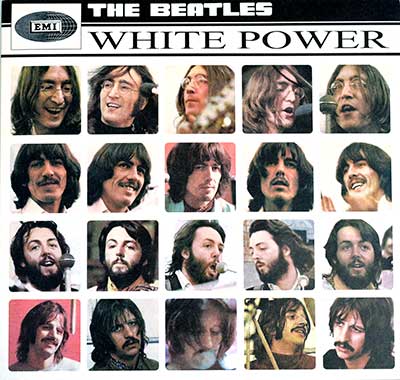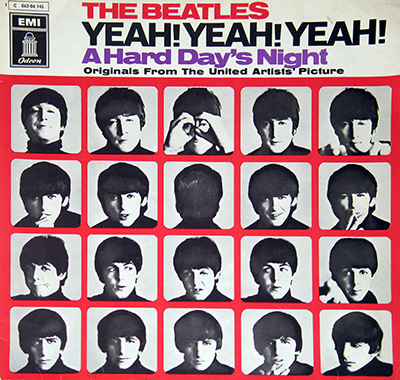The Beatles – "Sgt. Pepper's Lonely Hearts Club Band" (1967, Great Britain) Album Description:
Welcome to the Summer of Sound
In 1967, the world was turning psychedelic. London had swung, Haight-Ashbury was tripping, and youth culture was straining against the dull machinery of post-war conformity. Into this vortex came "Sgt. PepperÕs Lonely Hearts Club Band", The BeatlesÕ eighth studio album, and their boldest experiment to date. It was not just a pop recordÑit was an atmosphere, a sensation, a mirror held up to a moment in time when everything, everywhere, seemed possible.
Shedding the Mop Tops
Sgt. Pepper arrived as The BeatlesÕ answer to their own metamorphosis. By late 1966, the band had stopped touring. The screaming had drowned out the songs. The band needed to evolveÑor dissolve. Paul McCartney proposed they step out of their own skin and become an imaginary band. A concept record. A band within a band. And so emerged the Lonely Hearts Club Band, a satirical Edwardian brass band with psychedelic overtones, peering through the monocle of pop.
Genre Fluidity as a Statement
This wasnÕt just a rock record. Sgt. Pepper traversed a kaleidoscope of genres, from British music hall to Indian classical, from circus calliope to symphonic crescendo. ÒLucy in the Sky with DiamondsÓ floated on a Dali-esque river of LSD dreams and Mellotron sparkle. ÒWithin You Without YouÓ abandoned Western tonality entirely, as George Harrison sat cross-legged in spiritual raga reverie, surrounded by sitars, tablas, and philosophical yearning.
The genre-bending nature of the album reflected a cultural moment that no longer respected borders. If anything, it mocked them. The youth of Õ67 no longer followed mapsÑthey made them.
The Studio Becomes the Fifth Beatle
Recorded between December 1966 and April 1967, Sgt. Pepper was shaped inside the sonic womb of EMIÕs Abbey Road Studios. The sessions, overseen by the fastidious and forward-thinking George Martin, saw The Beatles finally uncaged from the restraints of live performance.
The bandÑand their producerÑexploited tape loops, orchestral overdubs, variable speed recording, and artificial double tracking (ADT). Sound became a sculpture. The studio, once a laboratory of limitation, transformed into a cathedral of the mind. With engineer Geoff Emerick conjuring illusions from behind the board, songs like ÒA Day in the LifeÓ exploded with cinematic layering, culminating in that infamous 40-piece orchestra glissando that tore through listeners like a technicolor sunrise.
Controversies in the Garden
For all its sonic beauty, Sgt. Pepper didnÕt arrive without raised eyebrows. ÒLucy in the Sky with DiamondsÓ was readÑrightly or notÑas a chemical acronym. ÒA Day in the LifeÓ was banned by the BBC for the line ÒI'd love to turn you on.Ó And the albumÕs sprawling cover, populated with cultural icons and curiosities, was dissected with the fervor of conspiracy theorists and semioticians alike.
Yet controversy only elevated the mystique. The Beatles had ceased being merely a band. They were now a messageÑone that could be decoded in reverse grooves, cover collages, or cryptic lyrics.
The Magicians Behind the Curtain
The musical direction may have taken a collective tone, but Paul McCartney was the albumÕs conceptual architect. His fascination with avant-garde London art scenes, chamber pop, and nostalgia fueled the sonic canvas. John Lennon, meanwhile, injected surrealism and existential detachment, providing the perfect counterbalance. George Harrison delved deeper into Indian spirituality and instrumentation, while Ringo Starr provided not only the title trackÕs booming percussion but a charming spotlight moment on ÒWith a Little Help from My Friends.Ó
Producer George Martin deserves equal billing. His classical training and open-mindedness allowed popÕs boundaries to bend like never before. Where others saw a recording booth, Martin saw a portal to an alternate universe.
Recording a Revolution
At Abbey Road Studio Two, tape was sacrificed like celluloid film. Songs were stitched from takes, spliced with backwards loops, varnished with echo and varispeed. The process was slowÑ129 days in allÑbut for the first time, the Beatles were not time-boxed by deadlines or tours. They could breathe, dream, and innovate.
The final mix was done in mono, where all four Beatles participated. Stereo was considered a luxury, a curiosity. The mono version, with its distinct balances and edits, is often cited as the canonical text. This was not just a record to be playedÑit was an event to be experienced.
Conclusion: The Moment the Curtain Opened
"Sgt. PepperÕs Lonely Hearts Club Band" didnÕt simply reflect the countercultureÑit helped forge it. It was an act of musical emancipation, where the albumÑnot the singleÑwas the true artistic vehicle. It was also a studio revolution. The moment when the booth became an altar and tape became the artistÕs brush.
It was The BeatlesÑbut not as we knew them. And from the opening guitar crunch to the final piano chordÕs infinite decay, it asked us all to listen differently. To think more deeply. To turn on, tune inÑand maybe, just maybeÑdrop expectations.
Icons on the Front Cover of "Sgt. PepperÕs Lonely Hearts Club Band"
The cover of "Sgt. PepperÕs Lonely Hearts Club Band" is more than a psychedelic tableauÑitÕs a curated gathering of cultural giants from literature, film, politics, and philosophy. Designed by Peter Blake and Jann Haworth, it represents a surreal hall of fame, assembling the 20th centuryÕs most emblematic figures in one vibrant collage. Below is a selection of the most iconic personalities featured on that legendary cover.
- Karl Marx – German philosopher and revolutionary socialist
- Marilyn Monroe – American actress and pop culture icon
- Bob Dylan – Influential American singer-songwriter
- Marlon Brando – Legendary American actor
- Lewis Carroll – Author of "AliceÕs Adventures in Wonderland"
- Albert Einstein – Theoretical physicist (planned but not included)
- Edgar Allan Poe – Gothic American writer and poet
- Oscar Wilde – Irish poet and playwright
- Mae West – Actress who initially declined being on the cover
- Mahatma Gandhi – Indian independence leader (removed at the last minute)
- Aleister Crowley – Occultist and ceremonial magician
- Lenny Bruce – American satirist and stand-up comedian
- Terry Southern – American writer known for dark satire
- Diana Dors – British blonde bombshell actress
- Sonny Liston – Heavyweight boxing champion
- Tony Curtis – Film actor and heartthrob
- H.G. Wells – Author of science fiction classics like "The Time Machine"
- Stan Laurel and Oliver Hardy – Legendary comedy duo
